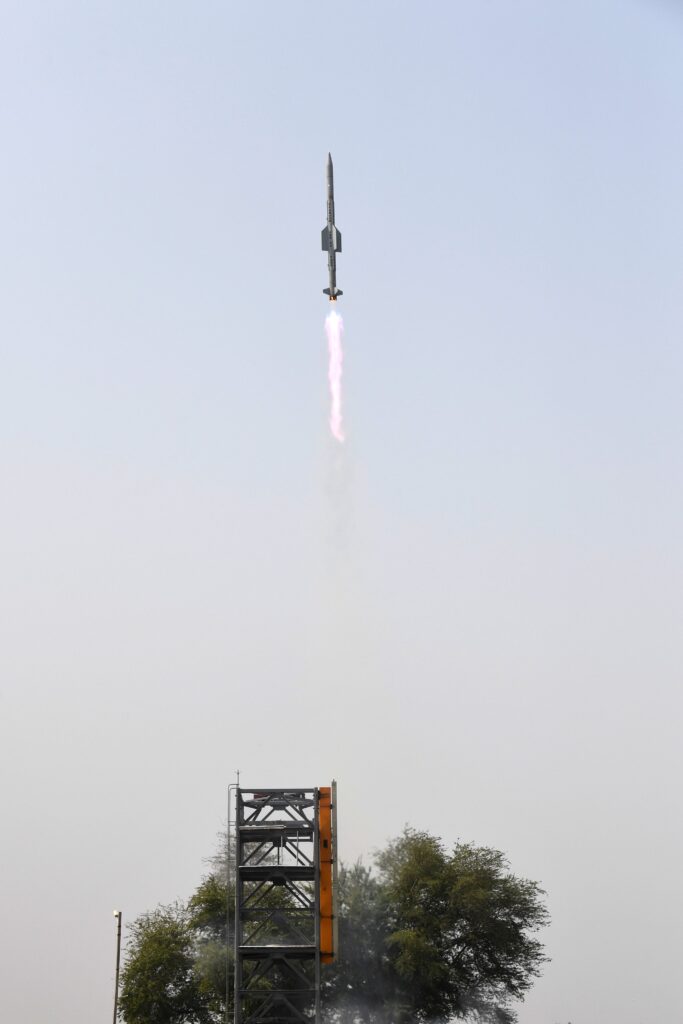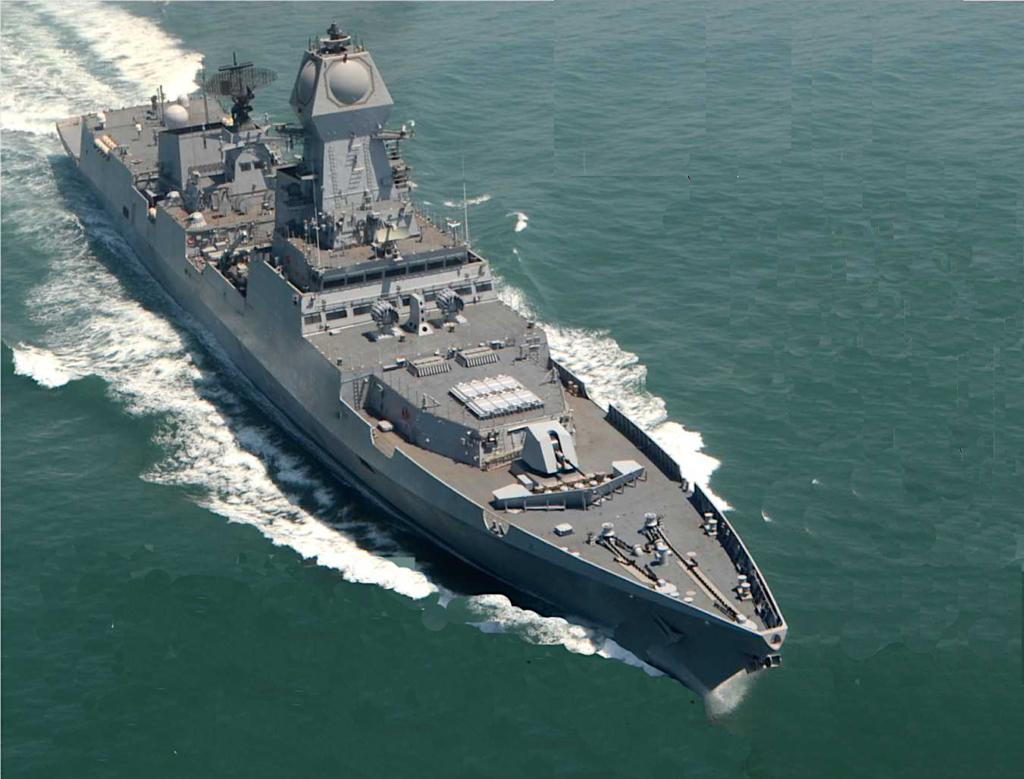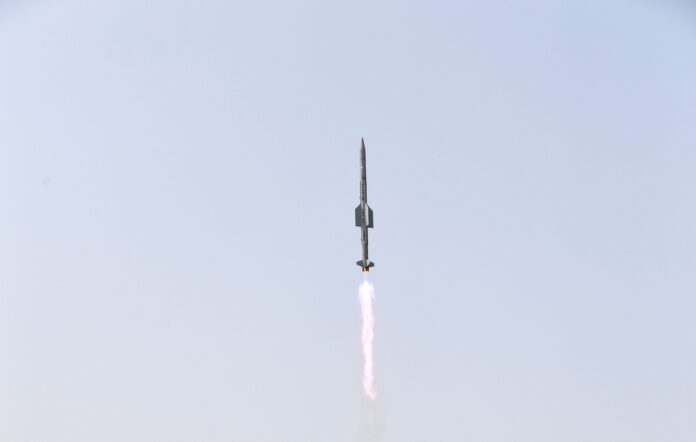Indian Defence Research & Development Organisation (DRDO) conducted two successful launches of Vertical Launch Short Range Surface to Air Missile (VL-SRSAM) today, Feb. 22.
The launches were carried out today from a static vertical launcher from Integrated Test Range (ITR), Chandipur off the coast of Odisha. Indigenously designed and developed by DRDO for Indian Navy, VL-SRSAM is meant for neutralizing various aerial threats at close ranges including sea-skimming targets. The current launches were carried out for demonstration of vertical launch capability as part of its maiden launch campaign. On both occasions, the missiles intercepted the simulated targets with pinpoint accuracy. The missiles were tested for minimum and maximum range. VL-SRSAM with Weapon Control System (WCS) were deployed during the trials.

The launches were monitored by senior scientists from various DRDO labs involved in the design and development of the system such as DRDL, RCI, Hyderabad and R&D Engineers, Pune.
During the test launches, flight path and vehicle performance parameters were monitored using flight data, captured by various Range instruments such as Radar, EOTS and Telemetry systems deployed by ITR, Chandipur.
The present trials have proved the effectiveness of the weapon system and few more trials will be conducted shortly before deployment on Indian Naval ships. Once deployed, the VL-SRSAM system will prove to be a force multiplier for the Indian Navy.

Raksha Mantri Shri Rajnath Singh congratulated DRDO on the successful trials. Dr G Satheesh Reddy, Secretary DD R&D & Chairman DRDO congratulated the teams involved in successful flight test of VL-SRSAM Missile System.
What are the advantages of VLS?
- Fewer moving parts to go wrong
- Cheaper and easier to alter VLS modules and cells for news missile systems
- Greater safety and more balanced-aerodynamic launch
- Launches independent from ship course
- Independent from meteorological conditions



